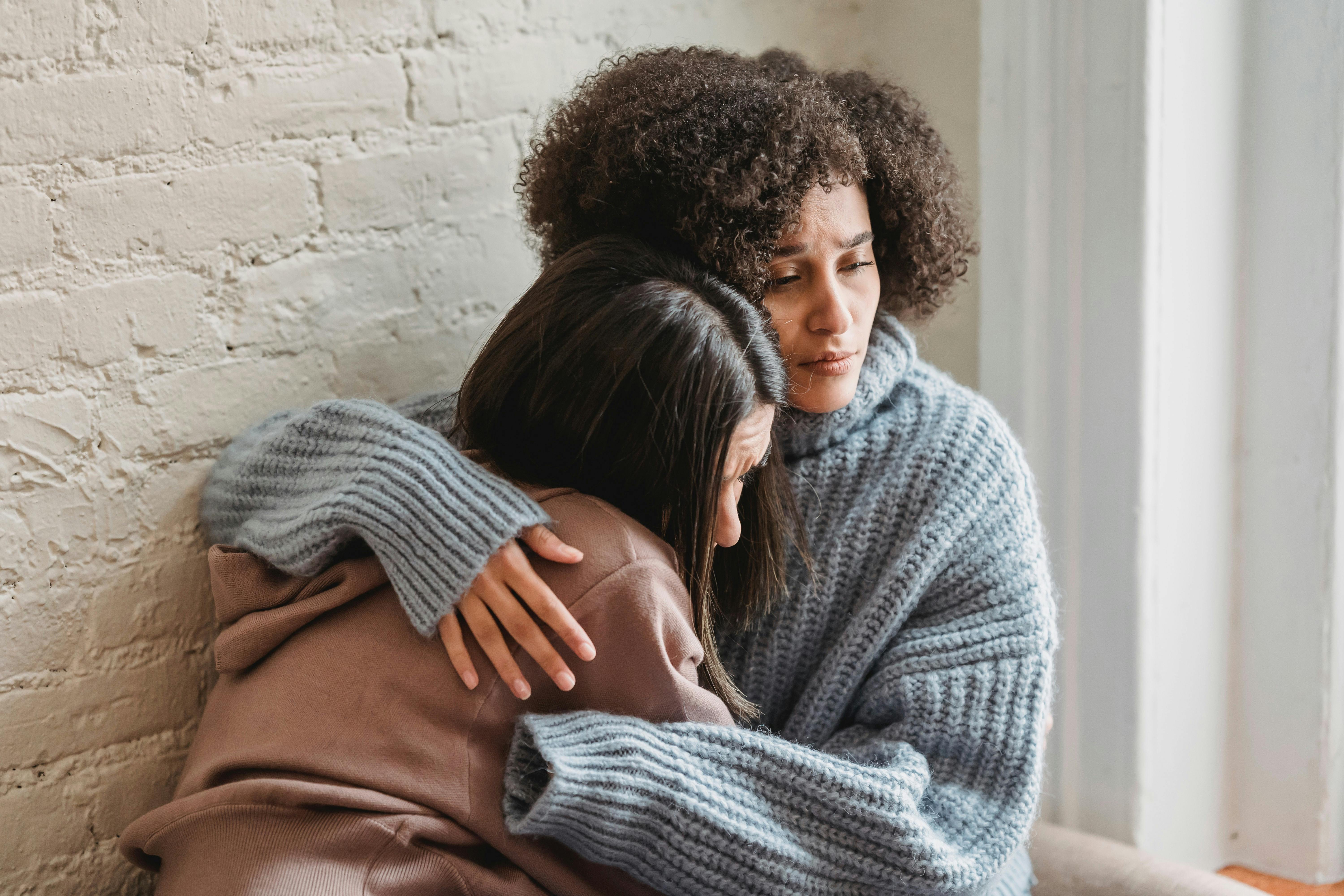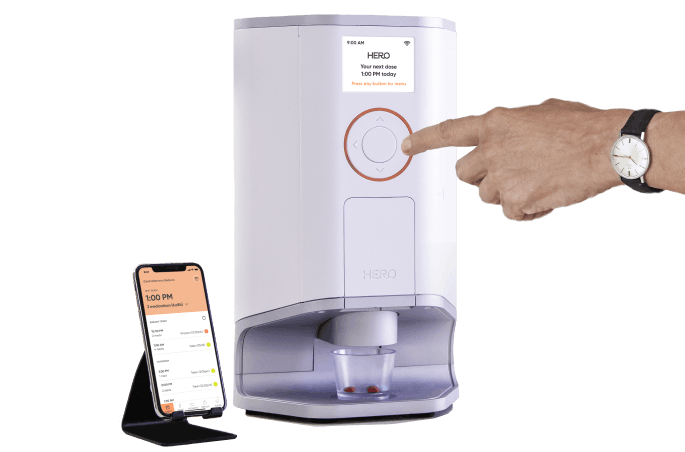5 ways to support patients who are isolated or lonely

If your job is to take care of people’s health, or someone you know lives with a chronic condition, how might you support patients who are isolated or lonely? The following recommendations can get you started.
Over the past two years, while the pandemic raged and concerns about prolonged isolation spread, I was invited to give numerous talks over Zoom to groups of people who live with challenging physical or mental conditions, including rare diseases and depression. My expertise centers not on the physical or mental aspects of their conditions, but rather how to alleviate their loneliness and improve their social health: the dimension of well-being that comes from connection and community.
I always appreciate the opportunity to engage with audiences like this, because I hope that I can help –– even in some small way –– by sharing insights from my research and work. But perhaps more than speaking to these audiences, I enjoy listening to them after I’ve finished presenting and once I invite others to comment. People’s questions can be revealing, and I am often moved by the personal stories they share.
At one such gathering, a middle-aged man expressed despair at having been isolated for so long. This was before the vaccine was available, and he was immunocompromised due to his condition, so he had to be extra careful. Having barely left his home in months and unable to spend time with loved ones, he said the lack of physical touch and in-person connection was nearly unbearable. Many heads in the Zoom video boxes nodded in empathy.
Unfortunately, his experience is all too common. The pandemic has been especially isolating for patients at a higher risk of developing severe cases of COVID-19, who therefore adhered extra carefully to social distancing and mask-wearing protocols. Yet the isolation didn’t end there. Even after vaccination, many immunocompromised patients have still felt anxious about possible exposure and continue to take precautions to prevent infection from new variants.
Beyond the pandemic, living with a chronic condition can be a lonely experience in and of itself. There is the emotional toll of managing your health alongside the normal demands of work and life. There is also the frustration of your condition not being well understood by family, friends, or employers. This is true across generations; in fact, loneliness is most common among Gen Z (born between 1997 and 2012) and Baby Boomers (born between 1946 and 1964).
Overcoming isolation and loneliness is an important part of managing a chronic condition. As I shared in a recent Hero blog post, feeling supported and cared for as a patient isn’t just a nice-to-have; it can actually influence outcomes like immune system responses, recovery time, rehospitalization rates, and survival likelihood. It also affects medication adherence, meaning patients’ ability to take their medications as prescribed. Taking care of your social health, it turns out, has benefits for your physical and mental health too.
So you may wonder: What is the role of caregivers and providers in all this? If your job is to take care of people’s health, or someone you know lives with a chronic condition, how might you support patients who are isolated or lonely? The following recommendations can get you started.
1. Acknowledge your impact
As a caregiver, doctor, nurse, or provider of any kind, you are uniquely positioned to be a meaningful source of social health for your patients. What this means is that through your interactions with them, you can help them feel supported and cared for. You can listen empathetically, show them kindness, earn their trust, and be there for them in ways that others cannot. The ongoing relationship you build with each patient contributes to whether they feel alone or connected on their health journey — and, in turn, how their health progresses.
I cannot emphasize that last point enough: It’s not just the medications you administer or the treatments you provide that determine your patients’ well-being. It’s also how you treat them and what kind of rapport you develop over time. For instance, one study concluded that patients who perceived common ground with their physician had better recoveries, and another study reported that patients of empathetic doctors had lower anxiety and better clinical outcomes. Similarly, researchers found that the quality of a physician’s communication while taking a patient’s history and discussing their treatment plan affected the patient’s emotional well-being, symptoms, physiological measures like blood pressure, and pain levels. Recognize that you can quite literally put the “care” in “health care.”
2. Notice all signs and symptoms
Researchers in the U.K. discovered that 76 percent of doctors have one to five patients visit them each day due to loneliness. However, that doesn’t mean these patients show up to their appointments and declare outright, “I’m lonely, please help me.” Instead, they may complain about other symptoms that, after probing more deeply, the doctors realize are caused by the underlying issue of disconnection.
The despair that the man expressed during my Zoom talk is one example. Negative mood, low energy, fatigue, and crying are other examples. Beyond these symptoms, you might learn that the person lives alone or observe that they never have anyone accompanying them to appointments. These could be telltale signs that they are isolated, at risk for feeling lonely, and therefore missing out on the health benefits of social connection.
If appropriate, there are validated surveys that can be used to quantify patients’ social lives, such as the UCLA Loneliness Scale or the Social Support Questionnaire. Another approach is to simply ask, and you can find specific suggestions for how to start this conversation in the next section. However you choose to do so, paying attention to your patient’s social health is an essential step.
3. Engage in a conversation
The idea of social health is not yet well known. Many people do not realize that relationships — or the lack thereof — influence their health and longevity as much as behaviors like smoking. So it may help to have a conversation about this with your patients. If you’re not sure where to begin, try this framework:
- Ask: “How are your relationships with family and friends? In addition to me, do you have someone you can reach out to when you need help? What communities are you part of?” Questions like these can help them reflect and help you understand their situation.
- Educate: Connection is a health habit just like sleep, exercise, and nutrition. Share what you have learned about the research and invite them to learn about it too. Consider choosing a book on this topic and reading it at the same time as your patient.
- Discuss: Frame the conversation in a positive, empowering way. Instead of focusing on how detrimental isolation and loneliness can be, emphasize their ability to take simple steps to strengthen their social health.
- Listen: This very conversation is an opportunity for meaningful connection. Listen with compassion and an open mind, remembering that patients are competent, dynamic people, not passive medical records.
4. Connect patients to resources
If these conversations reveal that your patients could use support in finding opportunities for more social engagement, there are many possible resources you can suggest:
- Support phone lines that people can call to talk to someone confidentially, such as the Institute on Aging’s Friendship Line or AARP’s Friendly Voice program for older adults, and the Teen Line for youth.
- Companion matching programs where people are paired with a buddy to spend time together, help out with chores, or do an activity like memoir writing. Friends of the Elderly and Papa operate across the U.S., for instance. Or, you can look for a nonprofit near you.
- Support groups for patients with the same conditions to share learnings, often run by a patient advocacy organization or local hospital, or try CaringBridge for family and friends.
- Mutual aid groups for neighbors to share resources and help each other during times of crisis. Try Googling “Mutual aid group in [your city]” or searching Idealist’s database.
- Online communities that host virtual and in-person gatherings for people with shared interests, such as groups on Meetup, Eventbrite, and Airbnb experiences.
- Apps and digital tools designed for making new friends, staying in touch with loved ones, or deepening relationships through technology. Explore options in this list.
- Volunteer opportunities for people to get involved with causes they care about and meet new people who share their values. Try VolunteerMatch or a local organization.
5. Prescribe social connection
There is a growing movement for providers to formally screen for isolation and loneliness — just as they would screen for high blood pressure and other vital signs — and then “prescribe” social engagement if necessary. Known as social prescribing, this practice is common in the U.K. for a broad range of factors that influence people’s health, including housing, employment, and food access. In 2020, the National Academies of Sciences, Engineering, and Medicine recommended greater adoption of social prescribing in the U.S. to support isolated patients.
When CareMore, a health plan and care delivery system for Medicare and Medicaid patients, began treating loneliness as a medical condition by introducing regular phone calls, home visits, and community-based programming, patients’ hospital admissions were 21 percent lower than a comparison group. Given that Medicare spends an estimated $6.7 billion each year on the health consequences of social isolation, this practice holds promise for both patients and the economy. So it may be worth considering formally incorporating social prescribing into your routine care.
Rest assured: as a caregiver or provider, you are not solely responsible for addressing isolation and loneliness among your patients, and they should also draw social health from friends, family members, neighbors, coworkers, and other relationships. That said, you are well poised to make a meaningful difference in patients’ lives by trying out these suggestions. In addition to making your interactions with patients more enjoyable, doing so just may improve their long-term health — and yours.
In this post, I share how caregivers can take care of their own social health and thereby prevent or reduce burnout.
About the author
Kasley Killam, MPH, is the founder of Social Health Labs, where she partners with cross-sector organizations on local, state, and national initiatives to reduce loneliness and improve social well-being. She holds a master’s from the Harvard T.H. Chan School of Public Health.
Complex med schedule? We solved it.
Hero’s smart dispenser reminds you to take your meds and dispenses the right dose, at the right time.

The contents of the above article are for informational and educational purposes only. The article is not intended to be a substitute for professional medical advice, diagnosis, or treatment. Always seek the advice of your physician or other qualified clinician with any questions you may have regarding a medical condition or its treatment and do not disregard professional medical advice or delay seeking it because of information published by us. Hero is indicated for medication dispensing for general use and not for patients with any specific disease or condition. Any reference to specific conditions are for informational purposes only and are not indications for use of the device.






